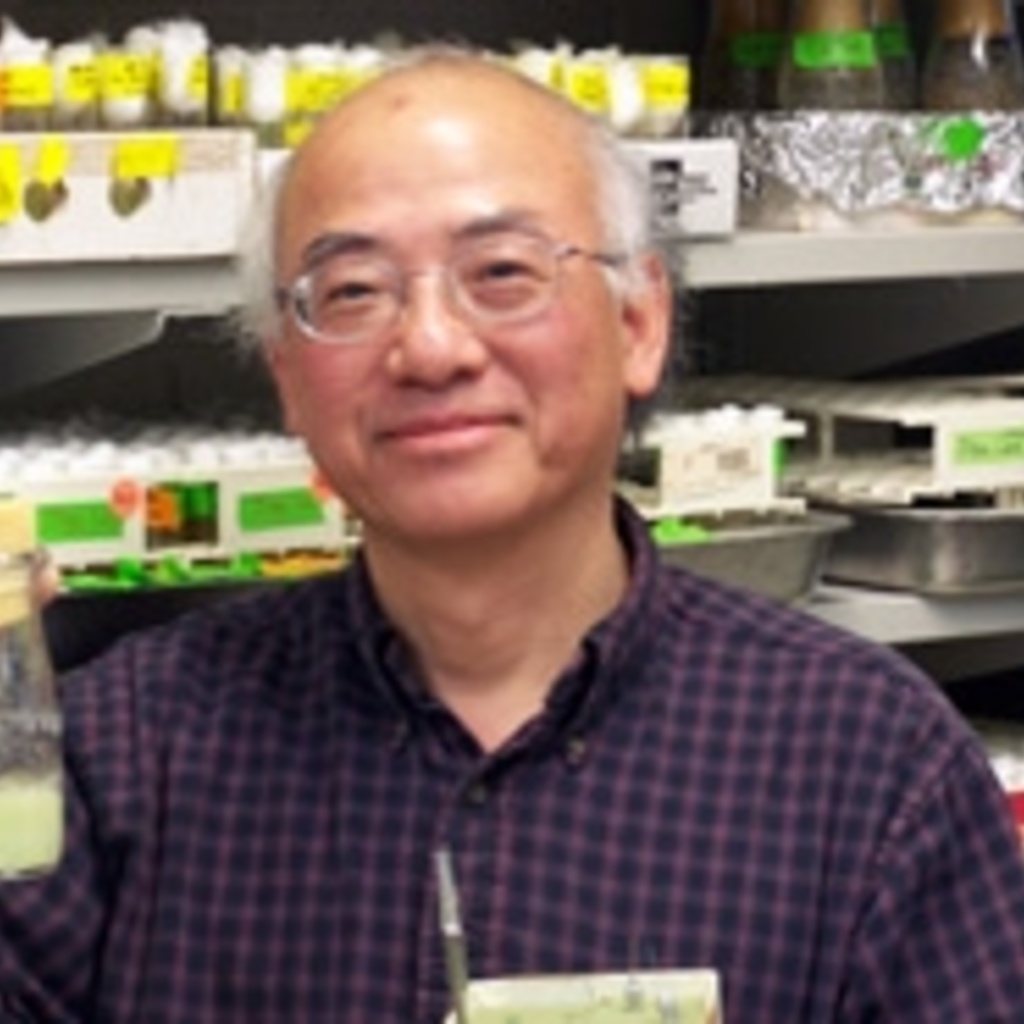Main navigation
We are all aware that DNA contains the genetic code or blueprint for each organism. Among asexually reproducing organisms, such as bacteria and yeast, the entire complement of DNA is copied and during cell division is transmitted to each of the two daughter cells. Such organisms give rise to clones, a population of cells with identical DNA.
Among sexually reproducing organisms which have two copies of each gene, each offspring receives half of its DNA from each parent, but which copy of each gene we get is not predictable. That is why we never know exactly what our children will look like or behave like. But geneticists do not yet know the details of how this is accomplished, nor do we fully understand the how the genetic information is translated into the proteins that make up the molecular machinery of the cell.
Our genetics group studies every aspect of the molecular machinery that is essential to carry out these processes in a variety of organisms. The reason that so many different organisms are used is that each has some unique advantage that allows experimental access to one or more aspect of these processes.
Yeast is used to study the details of DNA replication during both mitosis and meiosis (the reduction divisions that give rise to germ cells and the memorization nightmare of all high school and college biology students). The fruit fly, because of its short generation time, has classically been used to study the transmission of genetic traits from one generation to the next and is still a favored organism for studying the genetic basis for development and behavior. Arabadopsis, a plant related to mustard, and the small freshwater aquarium Zebrafish, are being used to study the genetic basis of development and organ formation.
Genetics has been profoundly changed by determination of the complete DNA sequences for each of these popular and experimentally tractable model organisms–and many others. This means that we can correlate changes in phenotype (the appearance of the organism) with changes in specific genes and ultimately understand the role of each gene and its product in the development and physiology of an organism.
Genetics faculty

Tina Tootle

Chi-Lien Cheng

Josep Comeron

Daniel Eberl
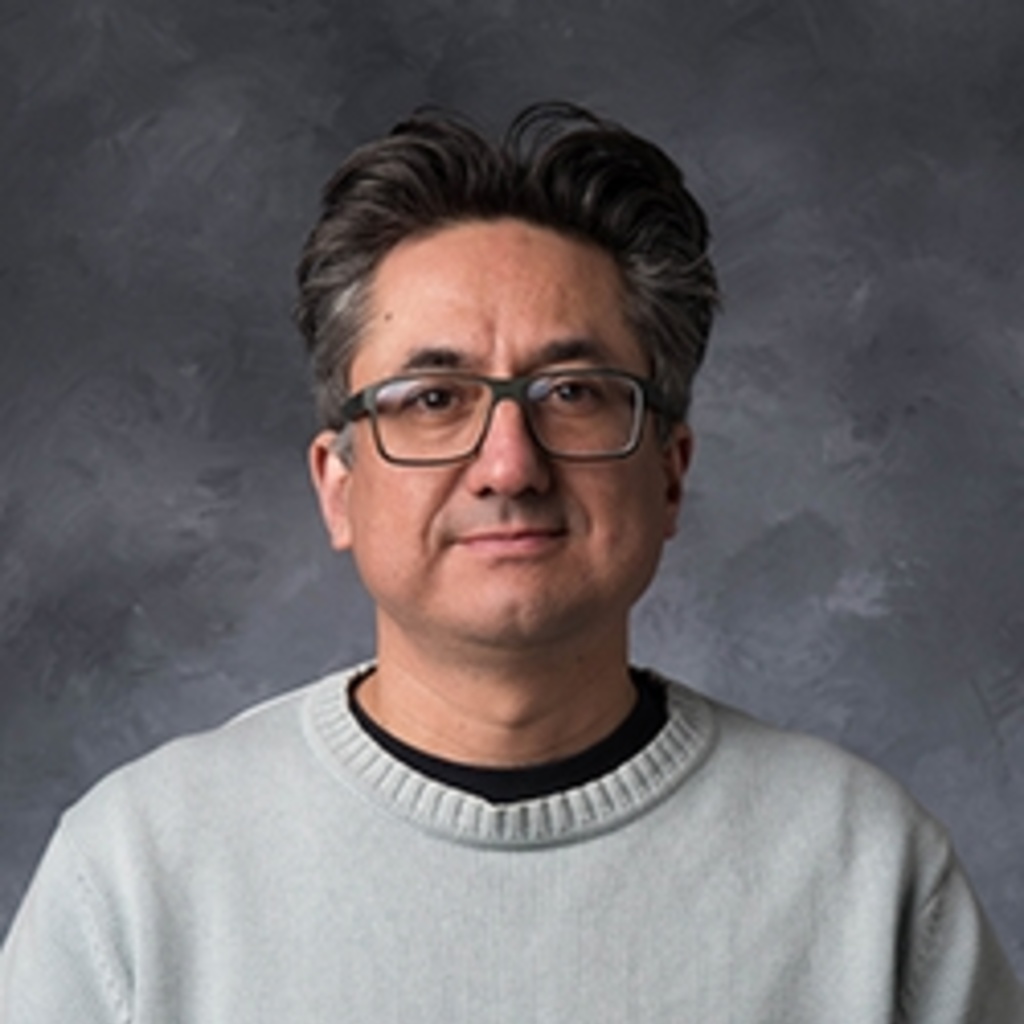
Albert Erives
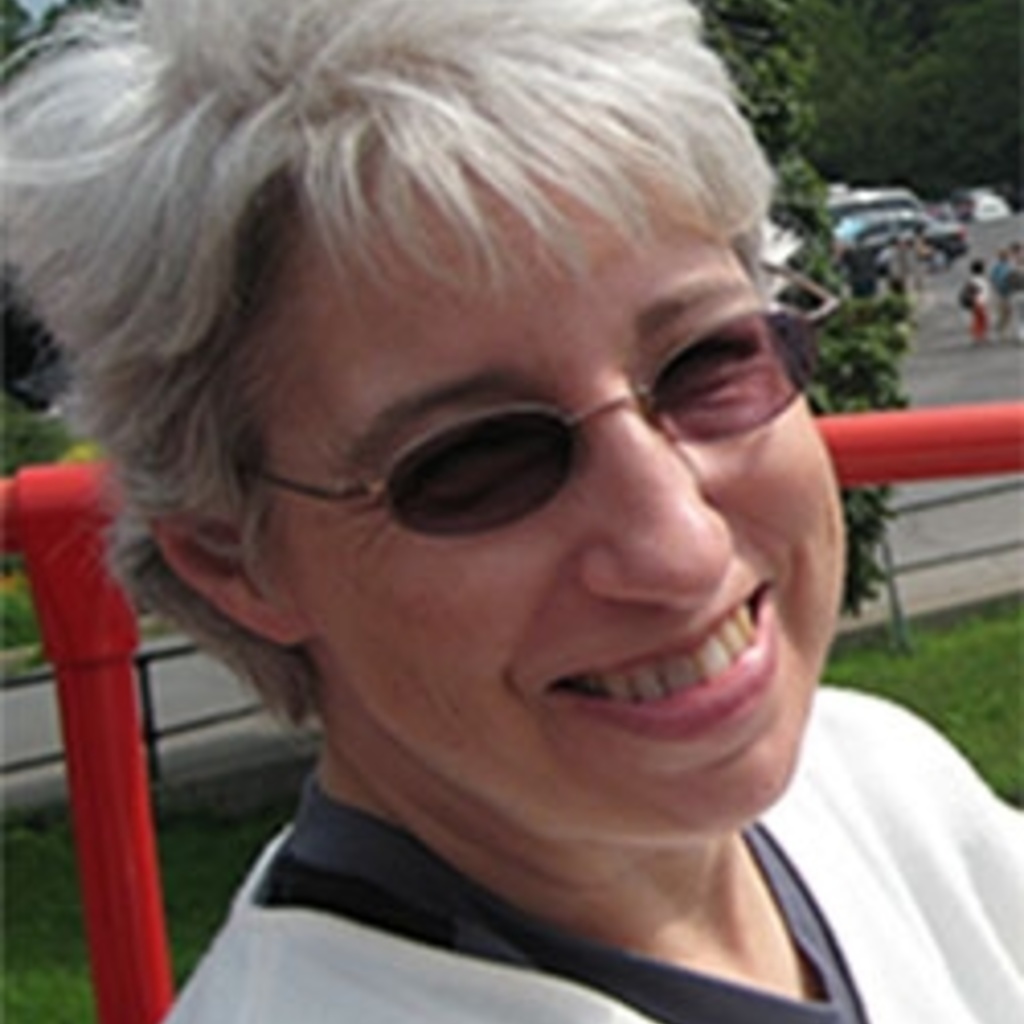
Jan Fassler
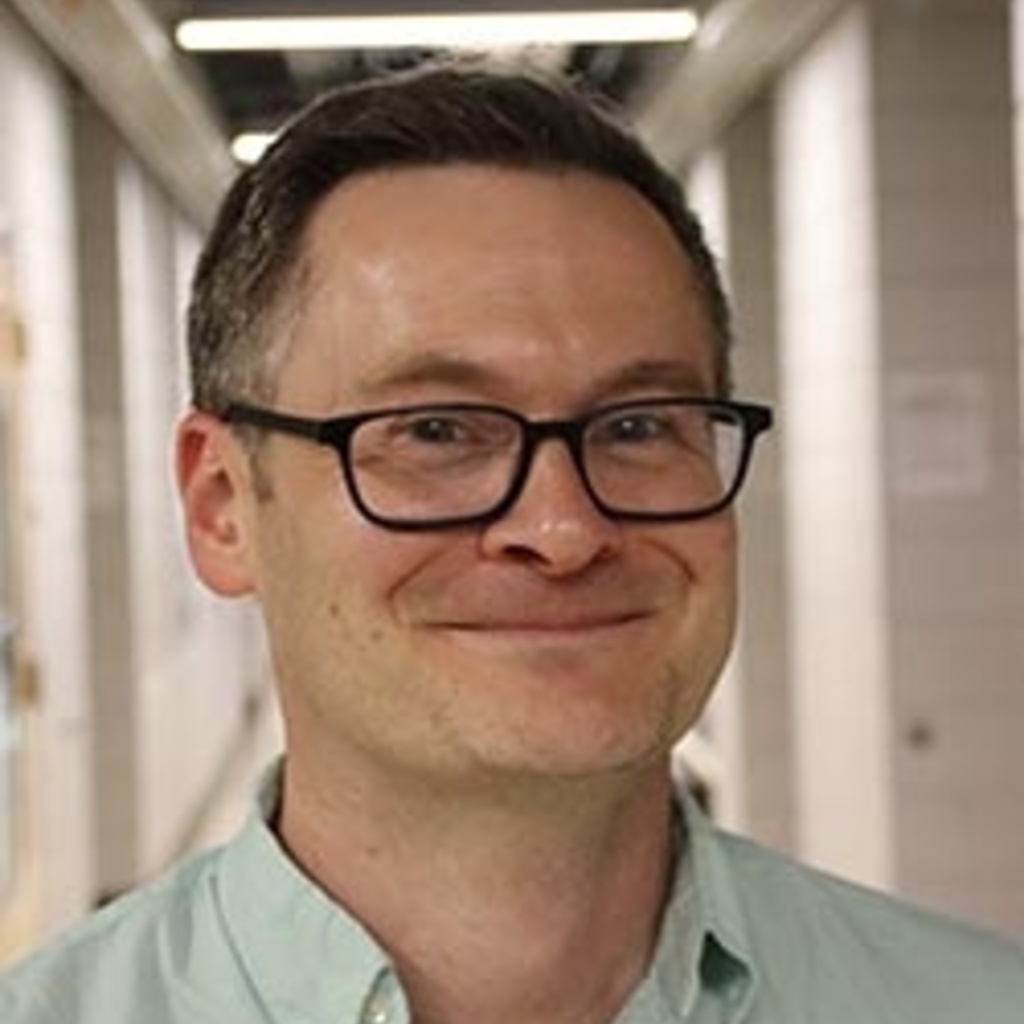
Andrew Forbes

Bin Z. HE
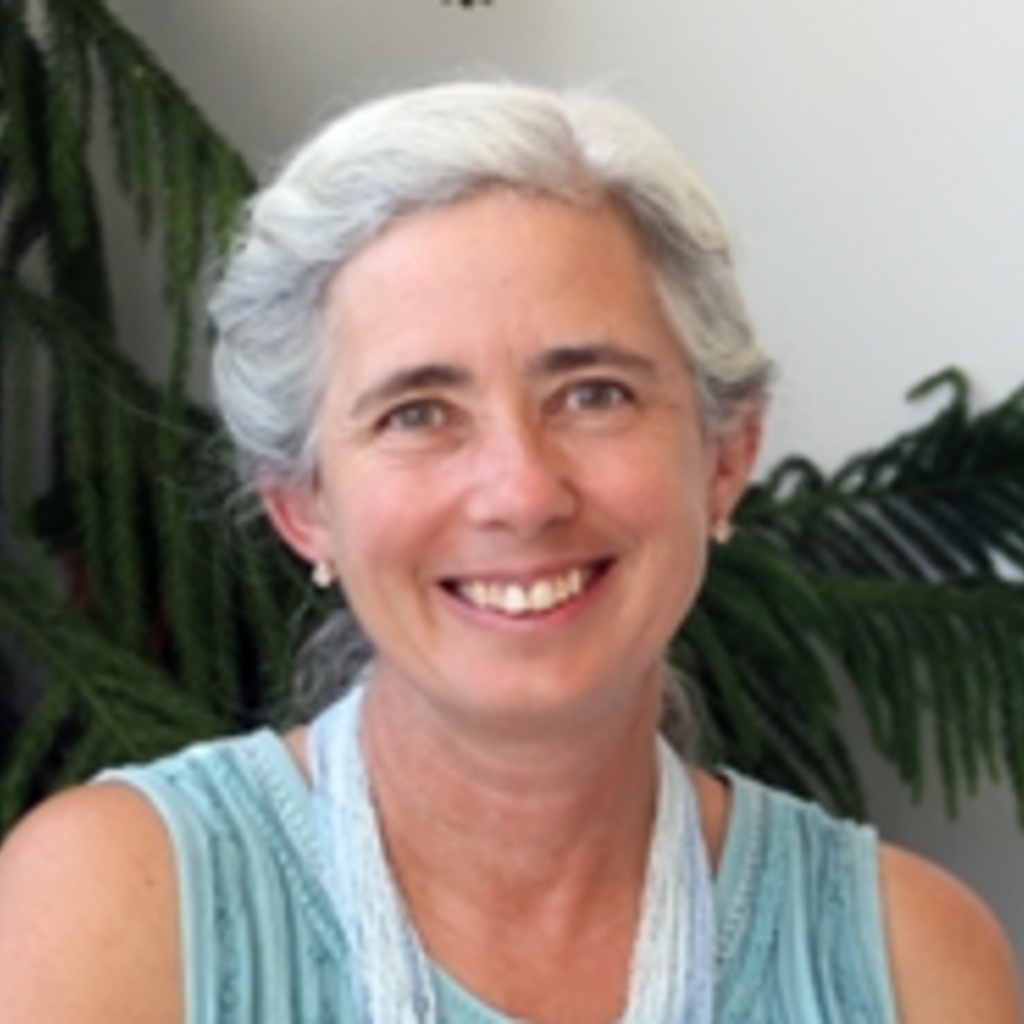
Erin Irish

Ana Llopart
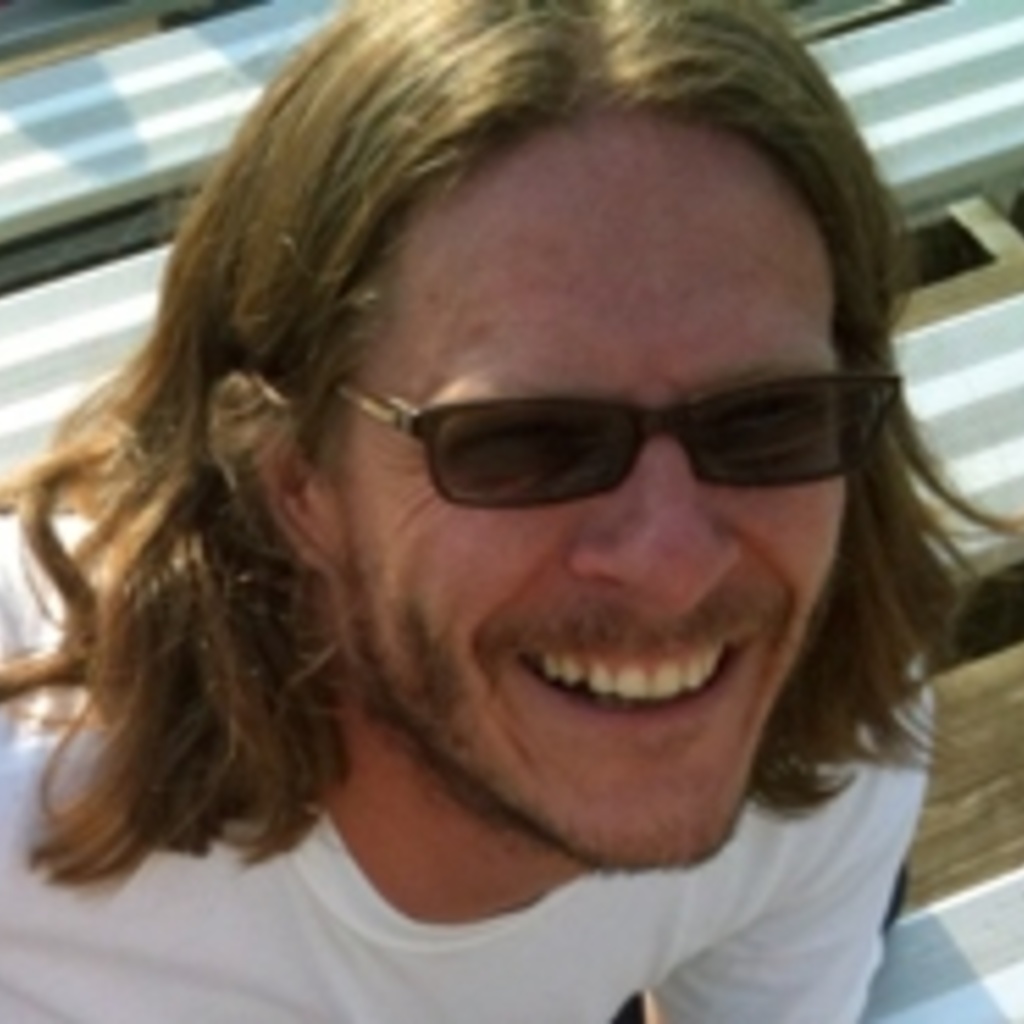
John Logsdon

John Manak

Anne Martin
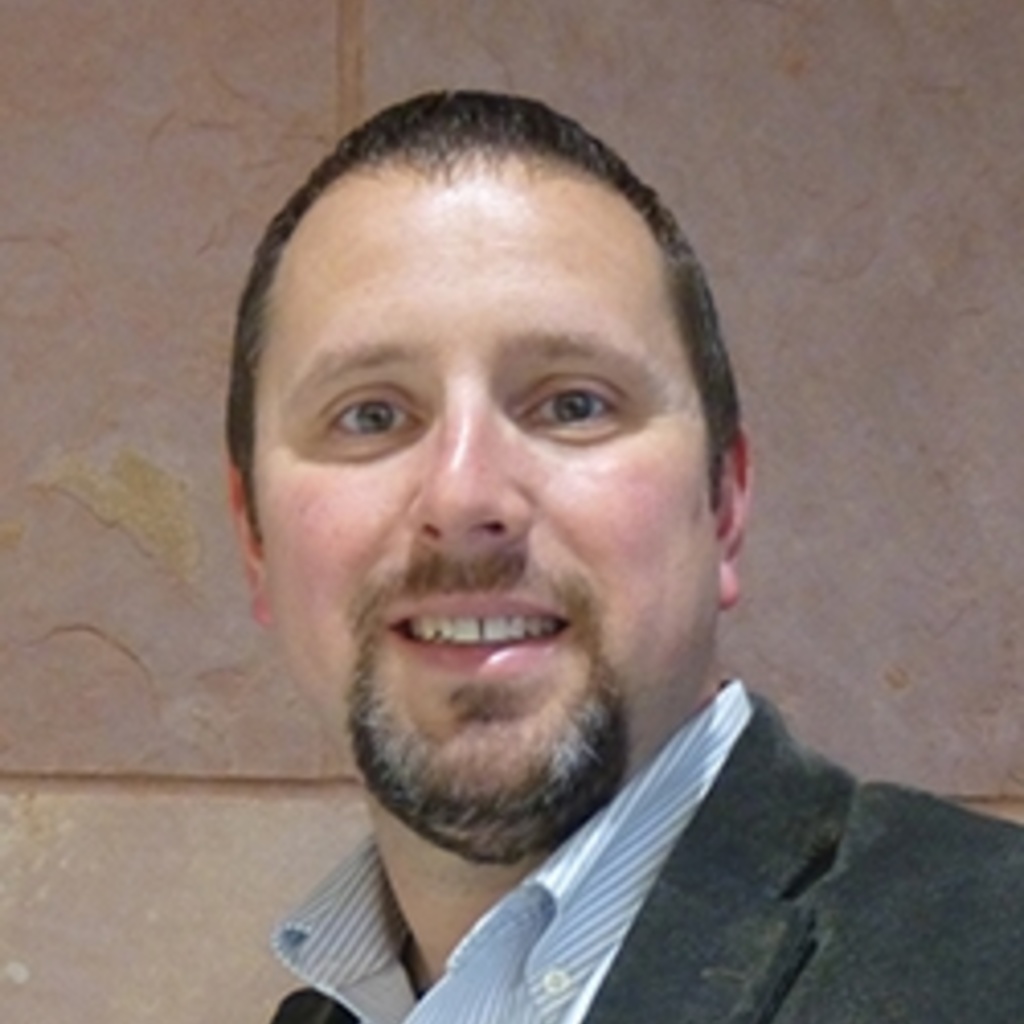
Bryan Phillips

Katheryn Rothenberg

Sarit Smolikove

Joshua Weiner
